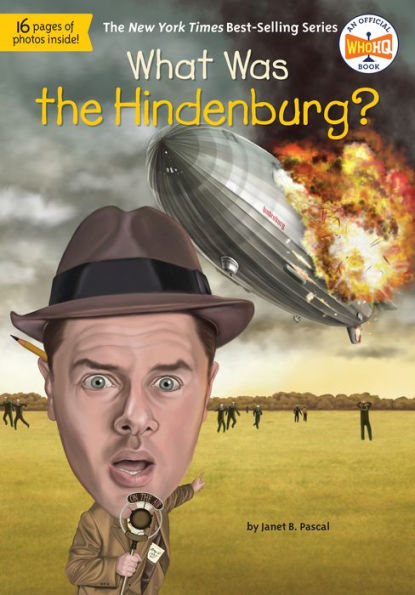5
1

What Was the Hindenburg?
112
What Was the Hindenburg?
112Paperback(Reprint)
$5.99
5.99
In Stock


Product Details
| ISBN-13: | 9780448481197 |
|---|---|
| Publisher: | Penguin Young Readers Group |
| Publication date: | 12/26/2014 |
| Series: | What Was? Series |
| Edition description: | Reprint |
| Pages: | 112 |
| Sales rank: | 144,146 |
| Product dimensions: | 5.20(w) x 7.50(h) x 0.40(d) |
| Lexile: | 770L (what's this?) |
| Age Range: | 8 - 12 Years |
About the Author
From the B&N Reads Blog
